The conceptual stuff
inkognito
15 years ago
Related Stories
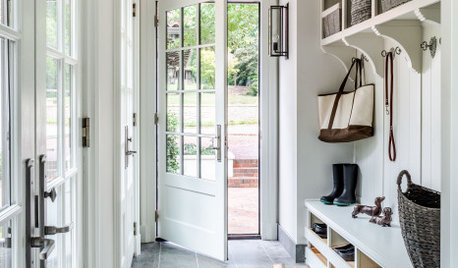
ORGANIZING10 Principles of Organizing That Work in Every Room
Use these ideas to make it easier to find and put away your things
Full Story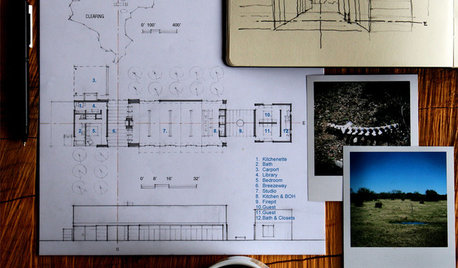
ARCHITECTUREDesign Practice: The Basics of Marketing Your Business
Pro to pro: Attract clients and get paying work by drawing attention to your brand in the right places
Full Story
LIGHTINGWhat to Consider When Lighting Your Home
A designer offers a few illuminating insights on this key design element
Full Story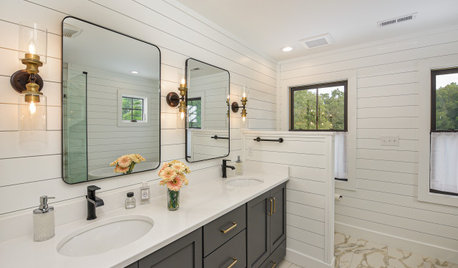
BATHROOM WORKBOOKHow to Remodel a Bathroom
Create a vision, make a budget, choose your style and materials, hire the right pros and get the project done
Full Story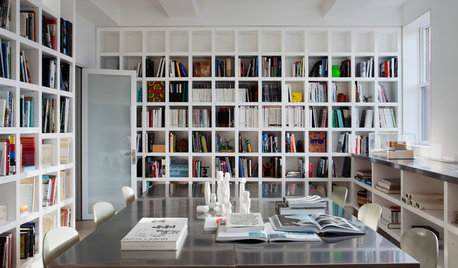
ARCHITECTUREDesign Practice: How to Start Your Architecture Business
Pro to pro: Get your architecture or design practice out of your daydreams and into reality with these initial moves
Full Story
MAN SPACESWhy Men Really Do Need a Cave
Don't dismiss cars, bars and the kegerator — a man space of some kind is important for emotional well-being at home
Full Story
FURNITUREDecorating 101: How to Shop for Furniture
Learn what furniture to get rid of, what to look for when buying, and how to avoid mistakes
Full Story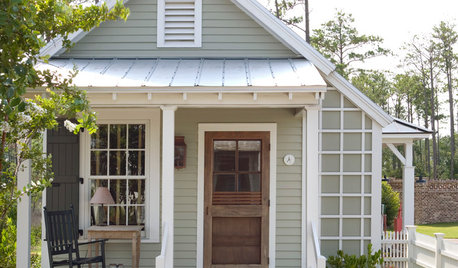
SMALL SPACES8 Benefits of Cottage Living
Scale back to dial up your quality of life, save money and more
Full Story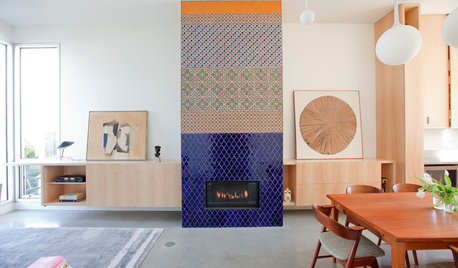
HOUZZ TOURSHouzz Tour: Innovative Home Reunites Generations Under One Roof
Parents build a bright and sunny modern house where they can age in place alongside their 3 grown children and significant others
Full Story
DECORATING GUIDESDitch the Rules but Keep Some Tools
Be fearless, but follow some basic decorating strategies to achieve the best results
Full StoryMore Discussions











woodyoak zone 5 southern Ont., Canada
inkognitoOriginal Author
Related Professionals
Glendora Landscape Architects & Landscape Designers · Waunakee Landscape Architects & Landscape Designers · Bell Gardens Landscape Contractors · Las Vegas Landscape Contractors · Point Pleasant Landscape Contractors · Rockville Landscape Contractors · San Antonio Landscape Contractors · Champaign Decks, Patios & Outdoor Enclosures · Coatesville Decks, Patios & Outdoor Enclosures · Fort Myers Decks, Patios & Outdoor Enclosures · Fullerton Decks, Patios & Outdoor Enclosures · Lauderdale Lakes Decks, Patios & Outdoor Enclosures · Archdale Stone, Pavers & Concrete · Eastvale Swimming Pool Builders · Goodlettsville Swimming Pool Builderswoodyoak zone 5 southern Ont., Canada
inkognitoOriginal Author
bahia
woodyoak zone 5 southern Ont., Canada
woodyoak zone 5 southern Ont., Canada
inkognitoOriginal Author
woodyoak zone 5 southern Ont., Canada
ironbelly1
nandina
inkognitoOriginal Author
woodyoak zone 5 southern Ont., Canada
ironbelly1
inkognitoOriginal Author
ironbelly1
inkognitoOriginal Author
ironbelly1
woodyoak zone 5 southern Ont., Canada
wellspring
inkognitoOriginal Author
timbu
inkognitoOriginal Author
wellspring
inkognitoOriginal Author
wellspring
timbu
glasser
woodyoak zone 5 southern Ont., Canada
ironbelly1
woodyoak zone 5 southern Ont., Canada
ironbelly1
inkognitoOriginal Author
woodyoak zone 5 southern Ont., Canada
ironbelly1
woodyoak zone 5 southern Ont., Canada
woodyoak zone 5 southern Ont., Canada
inkognitoOriginal Author
woodyoak zone 5 southern Ont., Canada
inkognitoOriginal Author
woodyoak zone 5 southern Ont., Canada
reyesuela
woodyoak zone 5 southern Ont., Canada
reyesuela
inkognitoOriginal Author
reyesuela